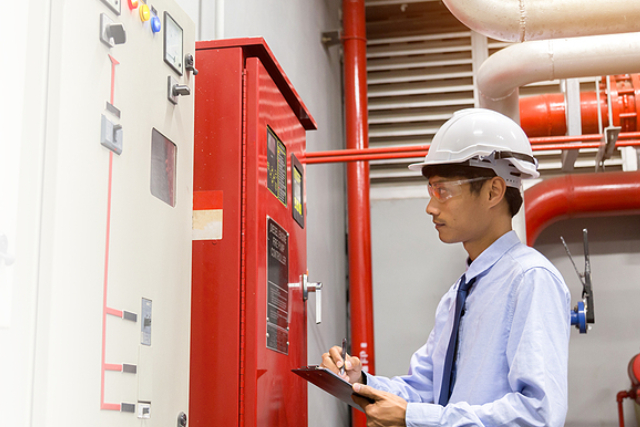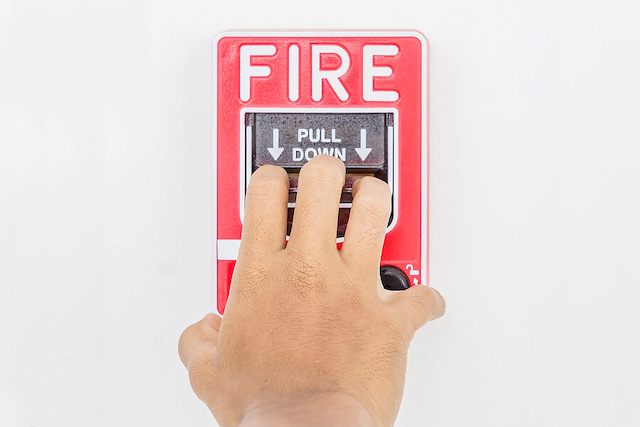Virtually everyone knows the primary purpose of a fire alarm system, but many are unaware that these systems do more than just send out the alarm signal in case of fire. In truth, it has two other broad signals or capabilities: trouble and supervisory. Due to the complexity involved in fire alarm systems, it is only natural for it to have ways to communicate to fire safety managers or building managers if something is amiss with any of its related functions.
The alarm signal is what everyone first thinks about when talking about fire alarms; it is sent to alert occupants once the system detects a fire and triggers other events like activating extinguishing systems and notifying the authorities. The trouble signal naturally signifies an issue with the fire alarm system’s operations, like low battery levels or power outages. Unlike the previous two, the supervisory signal may not be easy to understand.
What is the Supervisory Signal?
The supervisory signal means there is an issue with one of the systems monitored by and attached to the fire alarm system and could be related to several things like valves and valve room temperature, kitchen hood suppression, fire pump condition, and more. If these are not attended to promptly, they could hinder a critical functionality of the fire alarm system and lead to devastating damage down the line.
When the supervisory signal is set off, it typically appears as a yellow light accompanied by a quick beeping sound on the main fire panel with no other notification devices (bells, strobes, horns, etc.) going off simultaneously. Fire panels typically have a digital display that tells the exact type of supervisory signal being transmitted and possibly even the exact location of the issue.
Common Problems That Trigger Supervisory Signals
A supervisory signal can detect many conditions and determine the exact one in certain fire panel configurations.
The most common issues that trigger supervisory signals include:
- Abnormal temperatures in the fire pump room
- Sprinkler valves are not left open after service
- Extremely high or low-pressure levels from a malfunctioning compressor system
- Dust detectors respond to the HVAC system turning on
- Dust detectors pick up smoke from burning dust on heating coils
How to Properly Respond to Supervisory Signals
Supervisory signals are not an indication of life-threatening problems. However, they are still an important aspect of fire safety management in Singapore and if they are not attended to and addressed swiftly, it could lead to much bigger problems.
When the supervisory signal goes off, building managers should immediately contact their fire system service provider. They are the ones who can accurately determine if the issue warrants immediate attention or not based on the specific condition displayed.
Frequency of Testing Supervisory Signals
Just like every other part of a fire protection system, supervisory signalling devices need periodic inspection, testing, and maintenance to ensure they are always in good working condition. Ideally, these devices should be included as part of fire sprinkler system inspections.
Conclusion
Supervisory signals are essential to any fire alarm system and the overall fire extinguishing infrastructure. Since the threat of fire can arrive at any time without warning, it is vital to ensure that all components of the fire extinguishing system are fully functional and free of issues that could compromise its effectiveness.
If you are a fire safety manager looking to earn or maintain your professional credentials, TenLearn offers the courses you need. Our FSM CPD courses in Singapore include Fire Common Centre and Evacuation Planning, Fire Safety Act and Automatic Fire Extinguishing System and many more. Each FSM course in Singapore is available online, so you can learn and improve as a qualified Fire Safety Manager at your convenience.


Write a public review